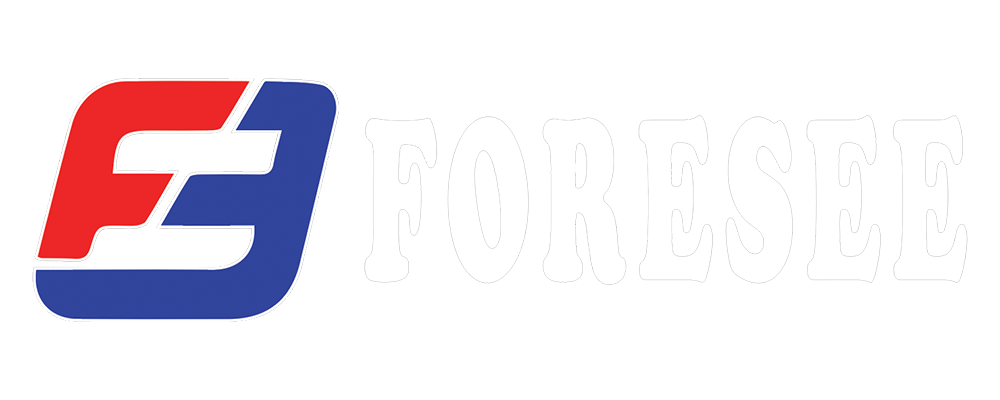E7014 and E7018 are both common types of welding electrodes used for different purposes and conditions. Here's a comparison:
E7014 Electrode
- Composition: The E7014 electrode has an iron powder, titania (rutile) coating, which makes it suitable for faster deposition rates.
- Strength: The "70" in both electrodes' names indicates a tensile strength of 70,000 psi.
- Polarity: E7014 can be used with both AC and DC (straight or reverse polarity).
- Penetration: Offers medium penetration, which is less than E7018.
- Ease of Use: It is easier to use for beginners due to its smooth arc and ease of restarting. The flux allows for good slag removal and produces a smooth bead.
- Applications: Suitable for sheet metal, general fabrication, and light structural work. It's often chosen for jobs that require a faster weld speed with decent penetration and appearance.
- Position: Can be used in all positions (flat, horizontal, vertical, and overhead), but it's particularly well-suited for flat and horizontal positions.
E7018 Electrode
- Composition: The E7018 electrode has a low-hydrogen, iron powder coating, which minimizes the risk of hydrogen-induced cracking.
- Strength: Like E7014, it has a tensile strength of 70,000 psi.
- Polarity: Can also be used with both AC and DC (typically DC+).
- Penetration: Provides deep penetration, making it ideal for thicker materials.
- Ease of Use: Requires a bit more skill to handle because it needs to be kept dry to maintain its low-hydrogen properties. Moisture absorption can lead to weld defects, so electrodes are often stored in an oven.
- Applications: Ideal for structural welding, pressure vessels, bridge construction, and other critical applications where weld strength and integrity are crucial. It is preferred for welding thicker sections where higher weld quality is needed.
- Position: Suitable for all positions, but often preferred for vertical and overhead welding due to its strong arc and deep penetration.
Key Differences:
- Ease of Use: E7014 is easier to use, making it better for beginners or jobs where weld speed is more important than weld strength.
- Penetration: E7018 provides deeper penetration, making it suitable for critical structural work.
- Hydrogen Content: E7018 is a low-hydrogen electrode, reducing the risk of weld cracking, especially in high-stress environments.
- Applications: E7014 is better for general-purpose welding, while E7018 is used in more demanding structural applications.
In summary, E7014 is more user-friendly and faster for general work, while E7018 is preferred for critical, heavy-duty applications requiring strong, crack-resistant welds.

Recent post